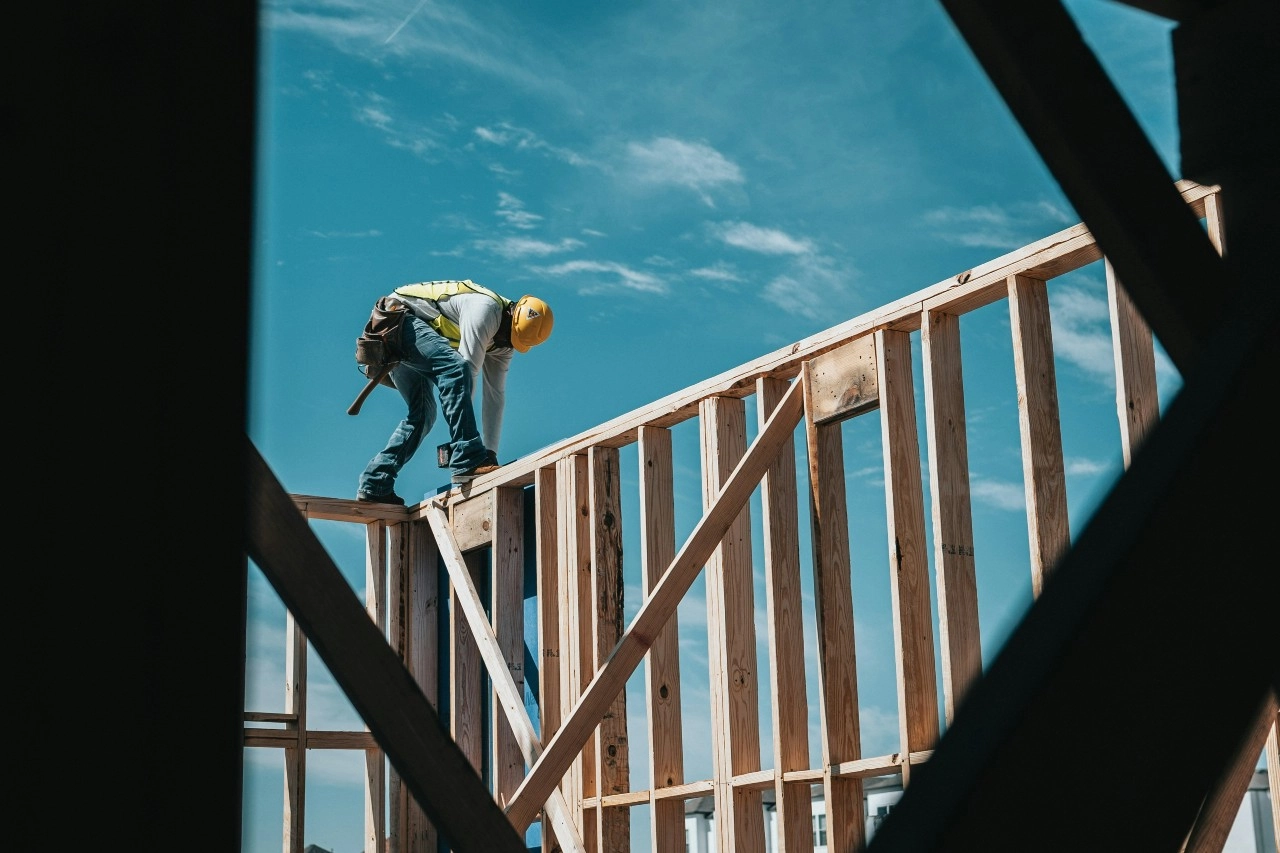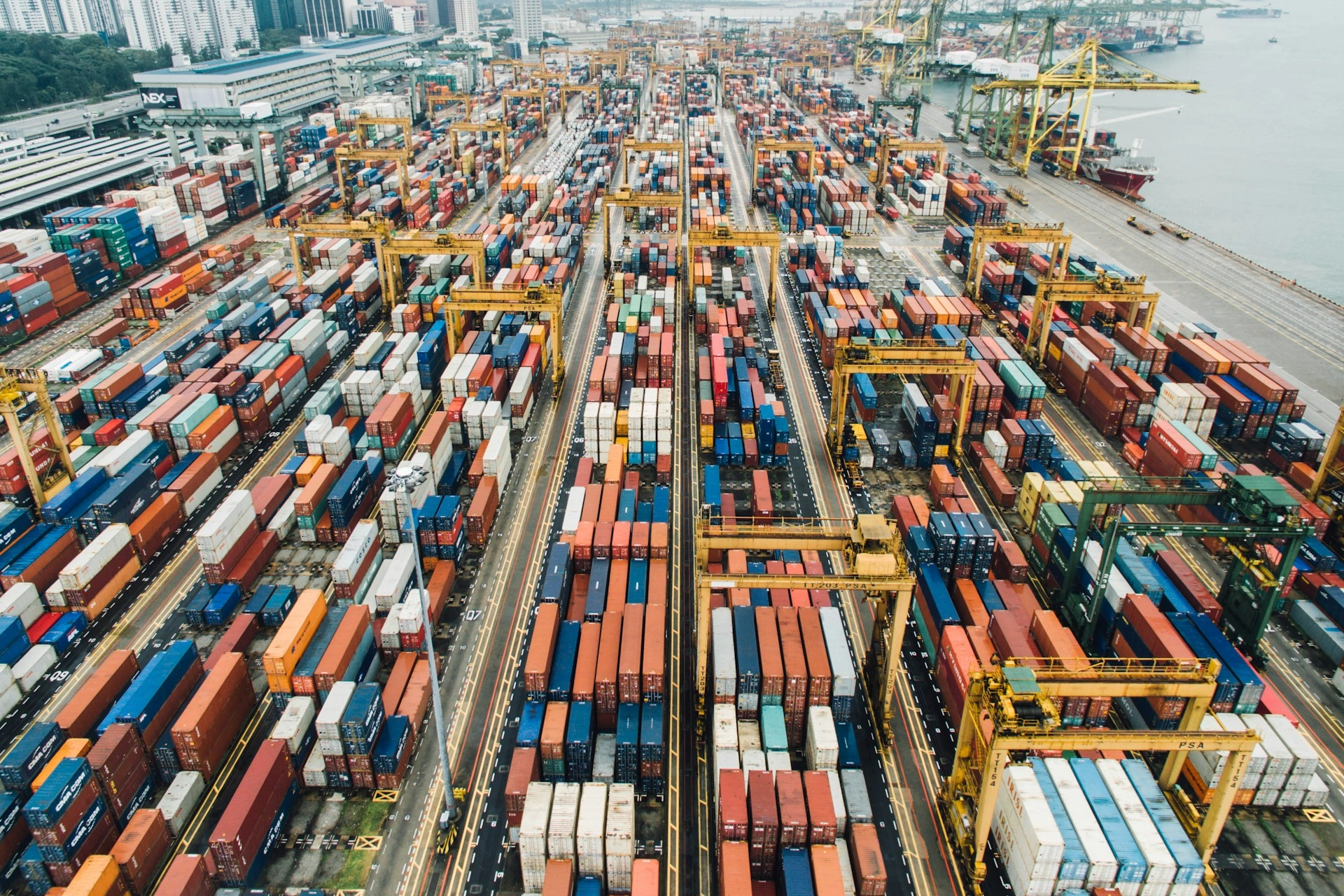As an organisation, you not only have to deal with CO2 that you emit yourself, but also with emissions that occur elsewhere in your supply chain. These indirect emissions are also known as scope 3 emissions. Scope 3 emissions play an important role in different levels and steps of the CO2 Performance Ladder. In this blog, we explain what scope 3 emissions are and how you determine them when working with the CO2 Performance Ladder.
What are scope 3 emissions?
Scope 3 emissions are emissions of CO2 that take place at other organisations in your supply chain and that do not occur when generating energy. These are therefore emissions other than those you cause directly from your own sources (scope 1) or emissions caused by parties that supply electricity and heat to your organisation (scope 2).
The standards for scope 3 emissions are laid down in the GHG protocol. Examples of scope 3 emissions are the CO2 emissions from your suppliers in the production of the machines, materials or raw materials you use, the emissions your products cause from customers or the emissions from work carried out on your behalf. Business travel by plane or public transport also falls under scope 3 emissions.
When should I start working on scope 3 emissions?
Every organisation has to deal with supply chain partners, such as suppliers and buyers of products or services and clients or contractors. This means that, in principle, you can always start working on scope 3 emissions. Large organisations in the EU are also obliged to do so under the (CSRD). For small and medium businesses (SMEs), scope 3 is especially important if you collaborate with parties in your chain that emit a lot of CO2 as a result of your organisation’s activities.
What is the relationship between the Ladder and scope 3 emissions?
Just like scope 1 and 2 emissions, scope 3 emissions play an important role in the levels (version 3.1) and steps (version 4.0) of the CO2 Performance Ladder. Crucially, the Ladder follows the GHG Protocol’s scope definitions.
Scope 3 emissions in version 3.1
Certification at level 4 of the Ladder 3.1 requires you to work qualitatively on scope 3 emissions. This means that you make an inventory of the emissions from various supply chain partners as a result of your activities. You do not yet have to translate this into concrete figures. For level 5 certification on the Ladder, however, numbers are important. On this basis, you set ambitions and goals to reduce these emissions.
Scope 3 emissions in version 4.0
In order to get certified on step 2 of the Ladder 4.0, you need to look for the places in your value chain where most emissions occur as a result of your activities. In many cases, this will mean that you will have to work on at least part of your chain. For example, if you buy materials produced with high CO2 emissions or if you supply products that cause a lot of emissions further down the chain.
Step 3 requires further actions and measures regarding scope 3. Indeed, to be certified on step 3, you need to work with your entire chain to be completely emission-free by 2050. This therefore requires considerably more work and a higher level of ambition.
Business travel in version 3.1 and 4.0
Although levels 1 to 3 of version 3.1 do not focus on scope 3 emissions, certification at these levels does require you to report emissions from your business travel. For step 1 of version 4.0 – which largely corresponds to levels 1 to 3 of version 3.1 – this obligation is dropped. For step 2 and 3 of 4.0, you are still required to report emissions from your business trips if they are material.
How do I address these emissions?
Due to the length and complexity of a supply chain, it can be incredibly difficult to identify scope 3 emissions. Your direct supply chain partners often have many partners they work with. This means that you may have to request data on emissions from dozens to hundreds of parties.
On top of that, by no means all parties are open about their emissions. Sometimes because they want to keep information confidential, but it could also be that they do not have a clear picture of their emissions. Especially for companies outside Europe, it is often difficult to find out exactly the emissions their activities cause.
Therefore, you are never going to get a complete picture of these emissions. Nevertheless, you can still do a lot to minimise the impact of scope 3 emissions. These three steps can help you do so.
Determine and address your scope 3 emissions in three steps
Step 1: make a rough analysis of your chain
When you start determining your scope 3 emissions, it is best to start with a rough analysis of your chain. This means that you identify the entire chain of suppliers and customers and take stock of where the largest volume of CO2 emissions (and other greenhouse gases) are. For example, if you work a lot with steel or concrete, it is best to focus first on its producers and suppliers.
What can help determine the emissions in your chain is to look at key figures. For example, how much money you spend on cement from a particular supplier every year. In online databases, you can then find the emissions a euro’s worth of cement represents. These are called spend-based CO2 emission factors. Note that the figures in databases are based on assumptions. But for making a rough indication, these figures are perfectly usable.
Another source you can use is a database with production- or activity-based CO2 emission factors. This website provides CO2 emission figures linked to fuels and energy carriers. You can use these figures for scope 3 if, for example, you produce machines and you know from your customer how many hours they use them, which fuel they use, and how much. Or perhaps if you purchase asphalt and know how much gas your supplier uses to produce a tonne of asphalt.
Step 2: talk to your supply chain partner
When you have a good idea of where in your value chain the most CO2 emissions occur, you can start working in a more targeted way. This means, for instance, that you start talking to the parties in your chain with whom you can realise impact.
In such a discussion, you try to find out, among other things, how much this chain partner actually emits in the activities related to your organisation. This will give you a more detailed picture of the rough analysis you made in step 1.
Next, you look at what your supply chain partner is doing or could do to reduce CO2 emissions. In the case of a supplier, this could be purchasing more sustainably produced materials, in the case of a customer, a more environmentally friendly energy source or a more efficient and sustainable way of working.
Step 3: take action to reduce your scope 3 emissions
Your influence on supply chain partners can be limited, but you can still take steps to drive CO₂ reduction. You could encourage your partners to adopt sustainable solutions and suggest concrete measures from the market they could take. If that doesn’t work, consider stricter sustainability requirements, collective action with other buyers (e.g., the Sustainable Concrete Agreement in the Netherlands), or using sustainability criteria in your procurement. The CO₂ Performance Ladder encourages such collaboration (‘participation’ in 3.1 and ‘collaboration’ in 4.0). If a supplier doesn’t meet your sustainability goals, switching to a more committed partner is an option.
When assessing your efforts for Ladder certification, auditors will not only look at the final results but also at the ambition, concrete actions, and feasibility of your approach within the supply chain.
Getting started with scope 3 emissions
Scope 3 emissions play an important role in different levels (version 3.1) and steps (version 4.0) of the CO2 Performance Ladder. The more you work on reduction in the chain, the higher the Ladder certification. The three-step plan can help you reduce emissions in your supply chain. Do you need further help? Then check out handbook 3.1 or version 4.0 or contact us.


